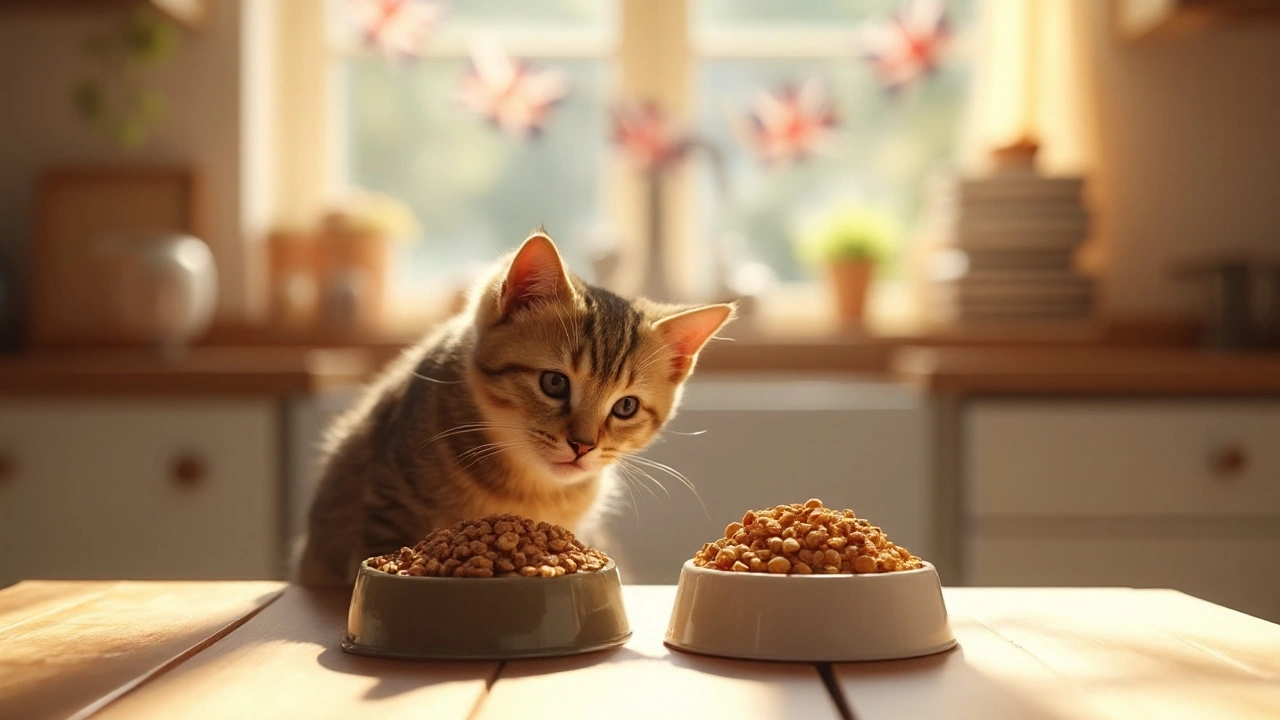Hydration for Cats: Simple Ways to Keep Your Feline Hydrated
Ever wonder why your cat seems to ignore the water bowl? Cats are natural low‑drinkers, but they still need enough water to stay healthy. When they don’t get enough, problems like kidney issues can creep up fast. Below you’ll find easy, everyday tricks to make water a regular part of your cat’s routine.
Why Hydration Matters
Water does more than just fill a bladder. It helps kidneys filter waste, keeps joints lubricated, and supports a shiny coat. A dehydrated cat may show dry gums, lethargy, or a sticky tongue. Those signs can look like a mild illness, but they often point to low water intake. Catching dehydration early means fewer vet trips and a longer, happier life for your pet.
Practical Tips to Boost Your Cat's Water Intake
1. Fresh, moving water. Cats love moving water because it looks and smells fresher. A small pet fountain circulates water, reduces buildup, and often gets more sips than a still bowl.
2. Multiple bowls. Place a few shallow dishes around the house. Some cats prefer one spot for drinking and another for eating. Keep bowls clean and switch their locations every few days to keep things interesting.
3. Add water to wet food. Canned cat food already contains 70‑80% moisture. Mix in a splash of warm water or low‑sodium broth for extra fluid without extra work.
4. Ice cubes. Drop a few ice cubes into the bowl. Some cats enjoy licking them, turning water time into a playful pause.
5. Flavor boost. A tiny drizzle of tuna juice or chicken broth (no onions or garlic) can tempt a picky drinker. Just make sure it’s low‑salt and given in moderation.
6. Seasonal checks. In winter, heating can dry the air, so cats may drink less. Keep a heated water bowl or change water more often. In summer, offer cool water and check that bowls aren’t sitting in direct sunlight.
7. Monitor intake. Use a marked jug or a pet water tracker app to see how much your cat drinks each day. Adults generally need about 50‑70 ml of water per kilogram of body weight, but cats on dry food need more.
If you notice persistent signs of dehydration—sunken eyes, skin that doesn’t snap back, or a loss of appetite—call your vet. Early treatment can prevent serious kidney issues.
Remember, making water tasty and accessible is the key. Small changes like a fountain or a wet‑food mix can add up to big health benefits. Keep an eye on your cat’s habits, and you’ll catch any problems before they grow.

Wet vs Dry Cat Food: Which Is Better for Your Cat’s Health?
Comparing wet and dry cat food: explore nutrition, hydration, dental health, convenience, and cost to pick the best choice for your cat's well-being.
View more